Nursing Department
COMMUNITY INVOLVEMENT
Community Health Nursing is the utilization of the nursing process in the different levels of clientele concerned with the promotion of health, prevention of diseases and disability, and rehabilitation. Through the CHN, our students are involved to improve the health and well-being of communities we serve by educating them about illness and disease prevention, safe health practices, nutrition, and wellness. Specifically, the implementation of the Related Learning Experiences for Community Health Nursing trains our students to:
- Promote healthy lifestyle
- Prevent disease and health problems
- Provide direct care
- Educate the community about managing chronic conditions and making healthy choices
- Evaluate a community’s delivery of patient care and wellness projects
- Institute health and wellness programs
- Conduct research to improve healthcare
With the CON’s Community Health Nursing program, the department has adopted two (2) new barangays in the Municipality of Pastrana, Leyte, where students are assigned for their Related Learning Experiences, namely: Barangay Jones and Barangay Cabaohan. In the past years, the CHN activities were implemented in Barangay Lima, Barangay Socsocon and Barangay Sapsap, still in the Municipality of Pastrana.
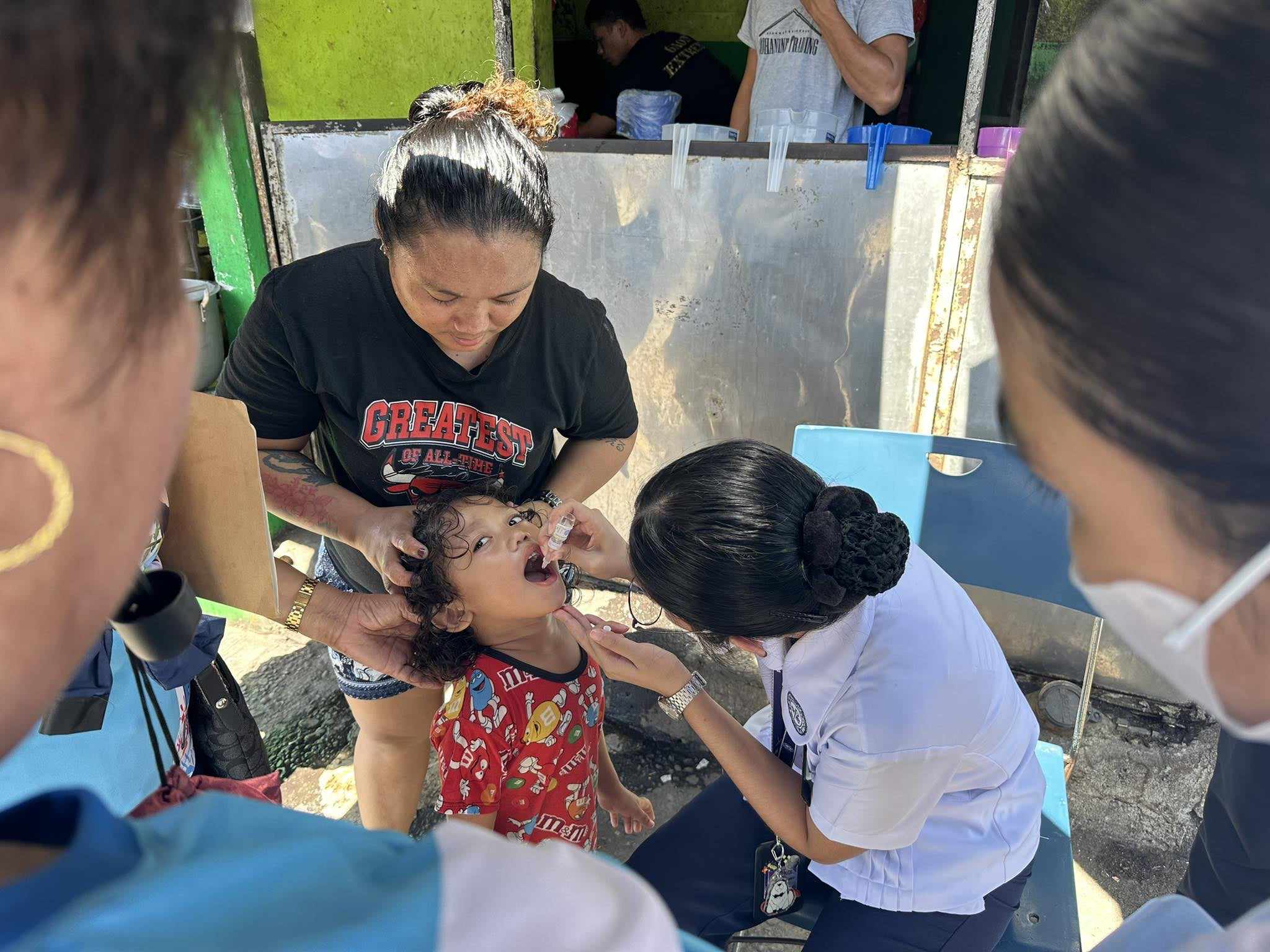
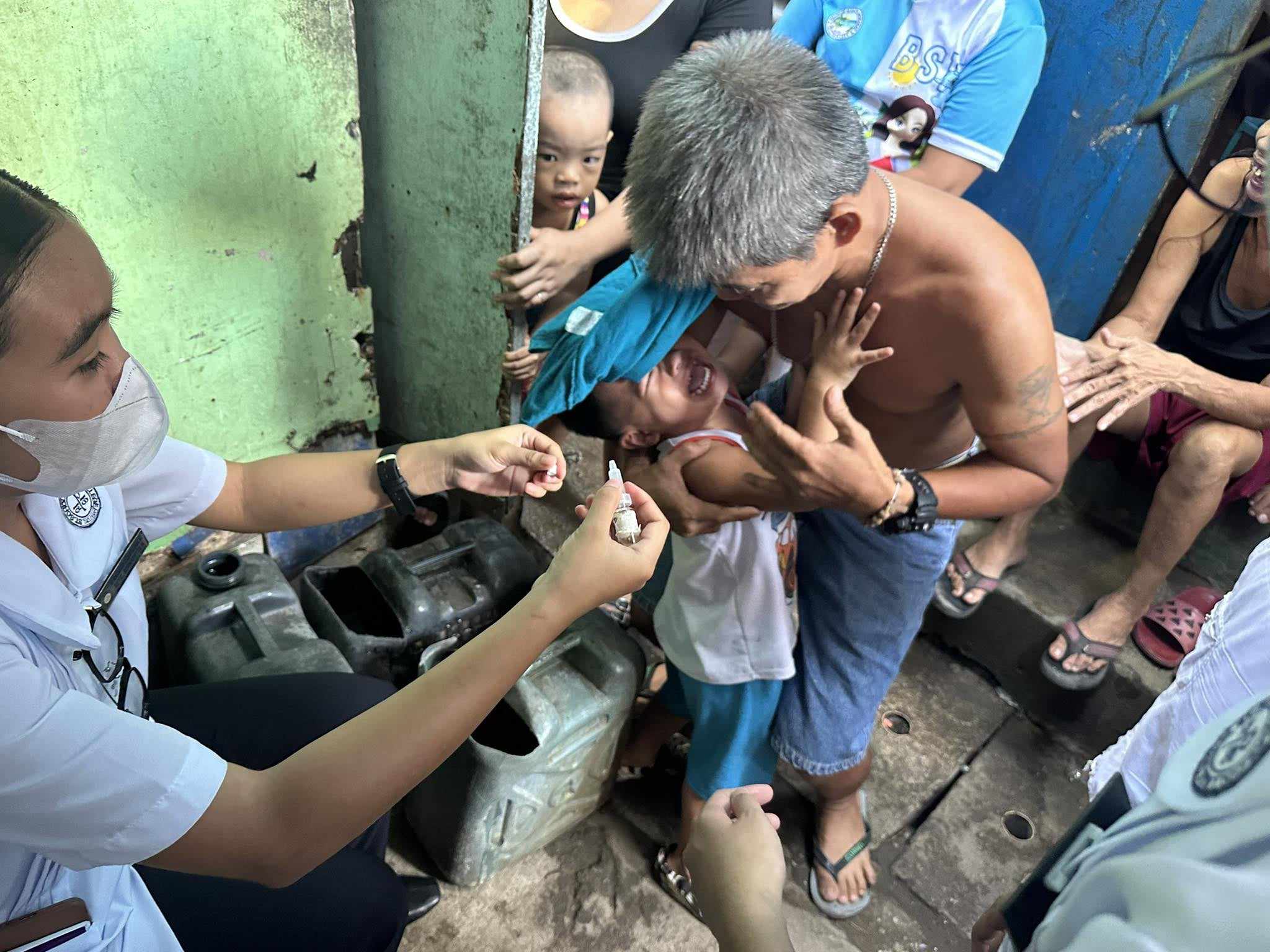
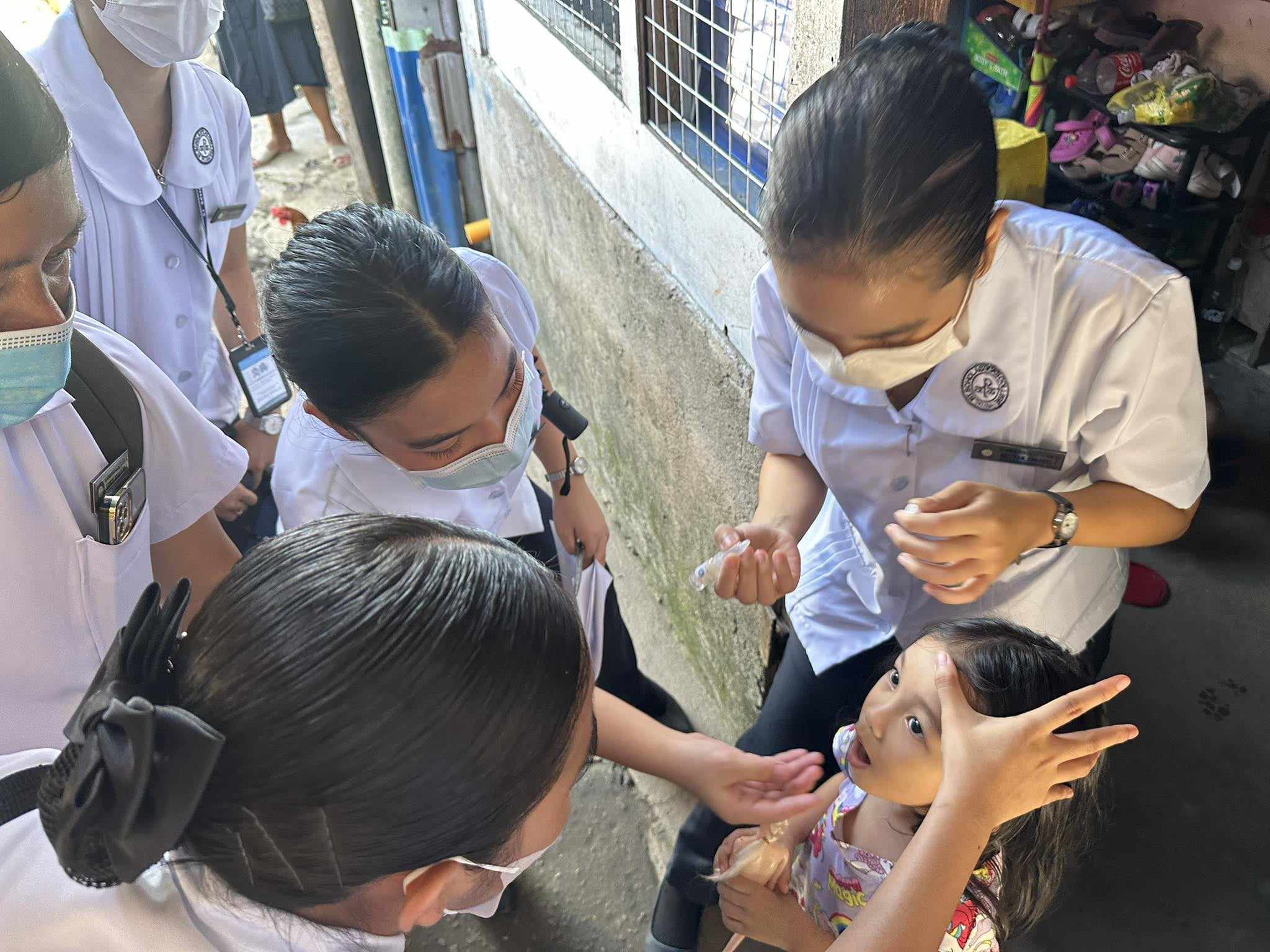
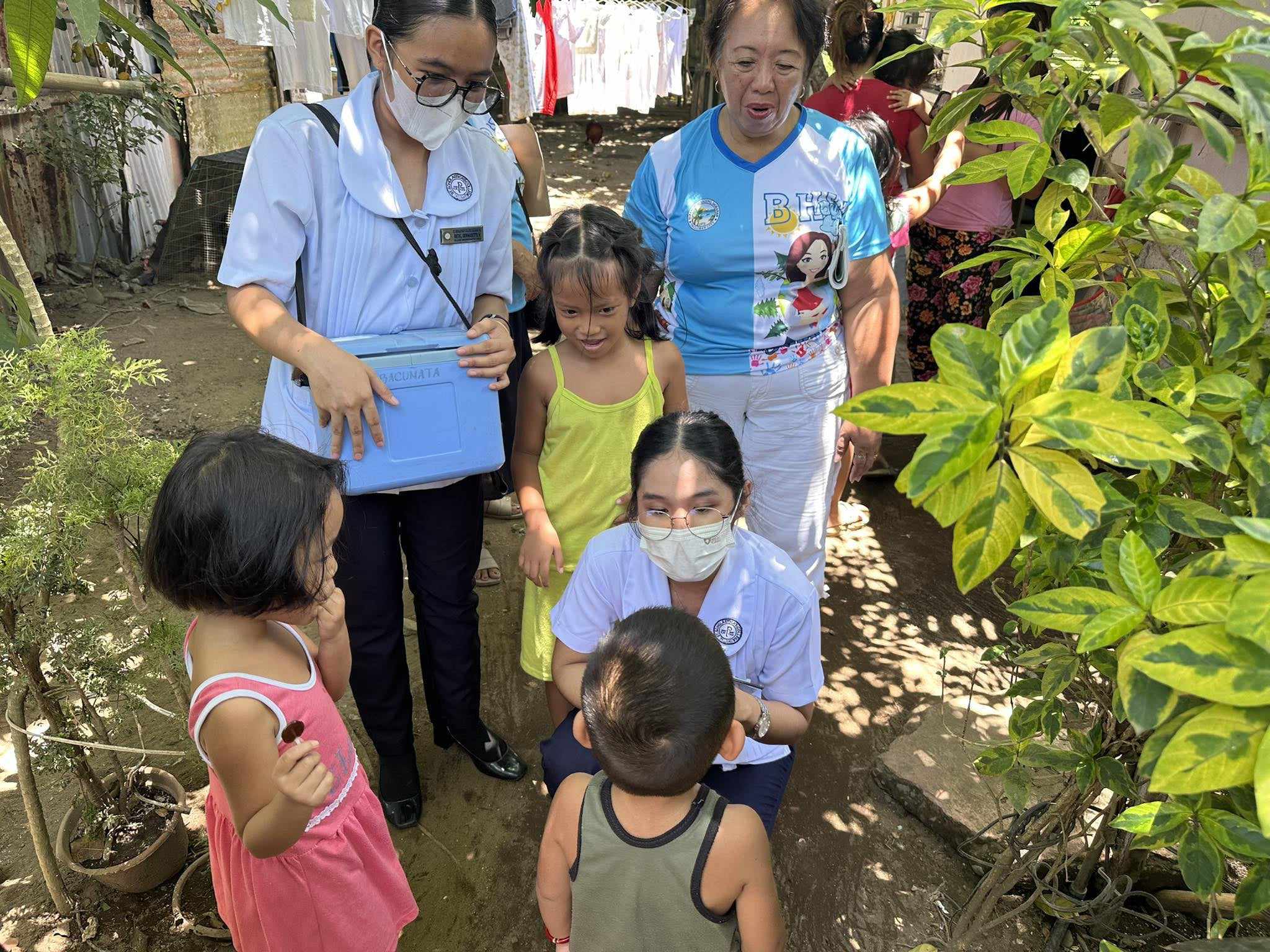
Overview of the Adopted Communities:
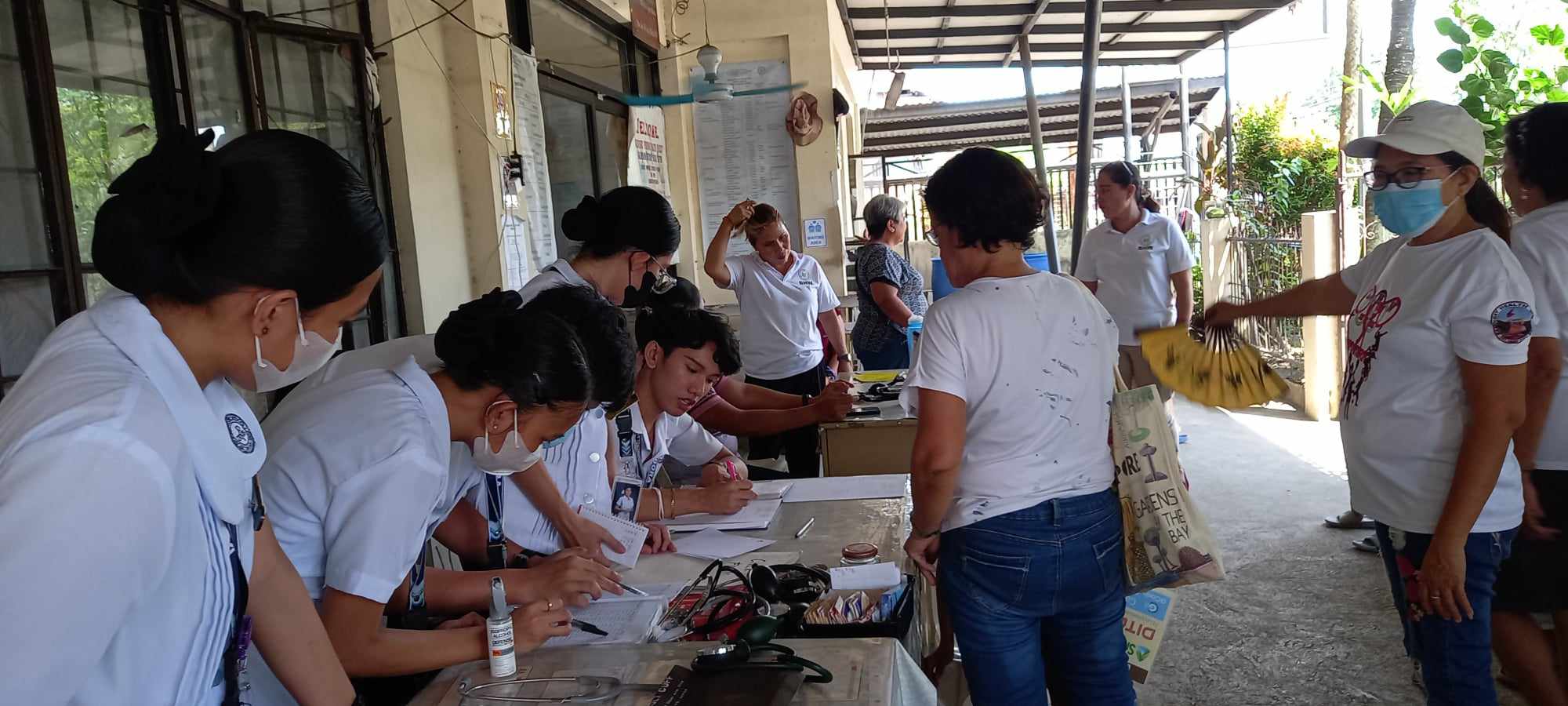

The Municipality of Pastrana is a fifth class municipality in the province of Leyte. According to the 2020 census, the municipality has 19,359 population with 4,835 households. Sometimes referred to as “land of the fairies and encantos”, Pastrana is an interior town of the province. Geographically, it is in the southwest part of Leyte and about twenty-seven kilometers away from Tacloban City, the provincial capital. Its rice fields and coconut plantations are the main assets of the place. The major dialect is Waray-waray at 99% and Cebuano at 1%.
Pastrana is composed of 29 Barangays and a total land area of 9,730 hectares. The terrain of the municipality can be classified into four categories based on land capabilities. The majority of its terrain is described as very good land, that can be cultivated safely, and requires only simple but good farm management. More than 15% of the land area is very hilly to mountainous, with full vegetation, and should be reserved for recreation and wildlife as well as reforestation. This can be found on the southernmost part of the municipality especially within the Pastrana-Ormoc borders. The remaining area is nearly level, occurs in depression, and requires protection from overflow, especially those barangays lying within the Binahaan River, as well as some portions that are considered steep land or shallow for cultivation and are suited for pasture.
Barangay Cabaohan
One of the 29 barangays of Pastrana and the boundary of Palo, Leyte. It is almost three kilometers from the municipal proper. Its name was created in 1910 and the main livelihood of the barangay is farming and is the main source of family income. Almost 90% of the barangay land area is used for farming.
Barangay Cabaohan has a total land area of 377.51 hectares and the residential area covers 1.37 hectares which are divided into 4 sitios: Sitio Pili, Sitio V and G, Kassel, and Proper. For the fiscal year 2021, the Internal Revenue Allotment share has reached Php1,625,762.10.
As of the 2020 census, the total population of the barangay is 512 with a total household of 117 and a total family of 131. The barangay has 228 registered voters.
The population of Cabaohan grew from 281 in 1990 to 512 in 2020, an increase of 231 people over the course of 30 years. The latest census figures in 2020 denote a positive growth rate of 63.6%, or an increase of 199 people, from the previous population of 313 in 2015.
In terms of educational attainment, only a few of the residents are able to graduate with a college degree and most of them are elementary undergraduates and are coerced to do casual works, manual labor, and farming that serves as their primary source of income to meet their everyday family and personal needs. The cause of poor education is due to (but not limited to) lack of financial support in pursuing college, early marriage, teen pregnancy, and absence of government support.

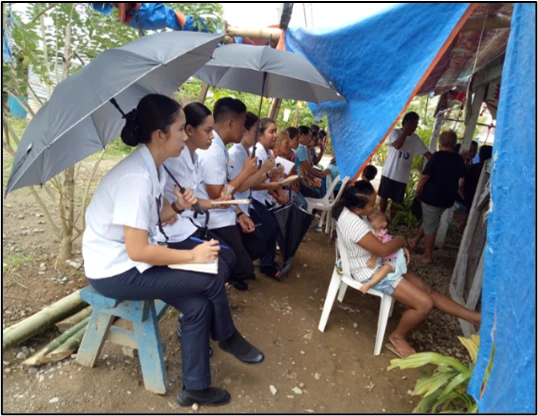
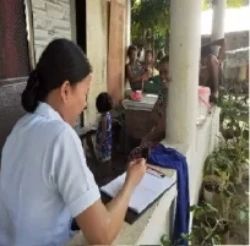
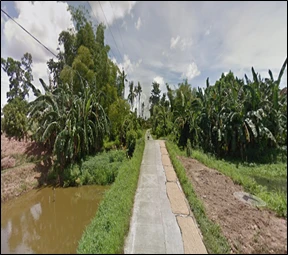
Sagkahan District Station, Tacloban City

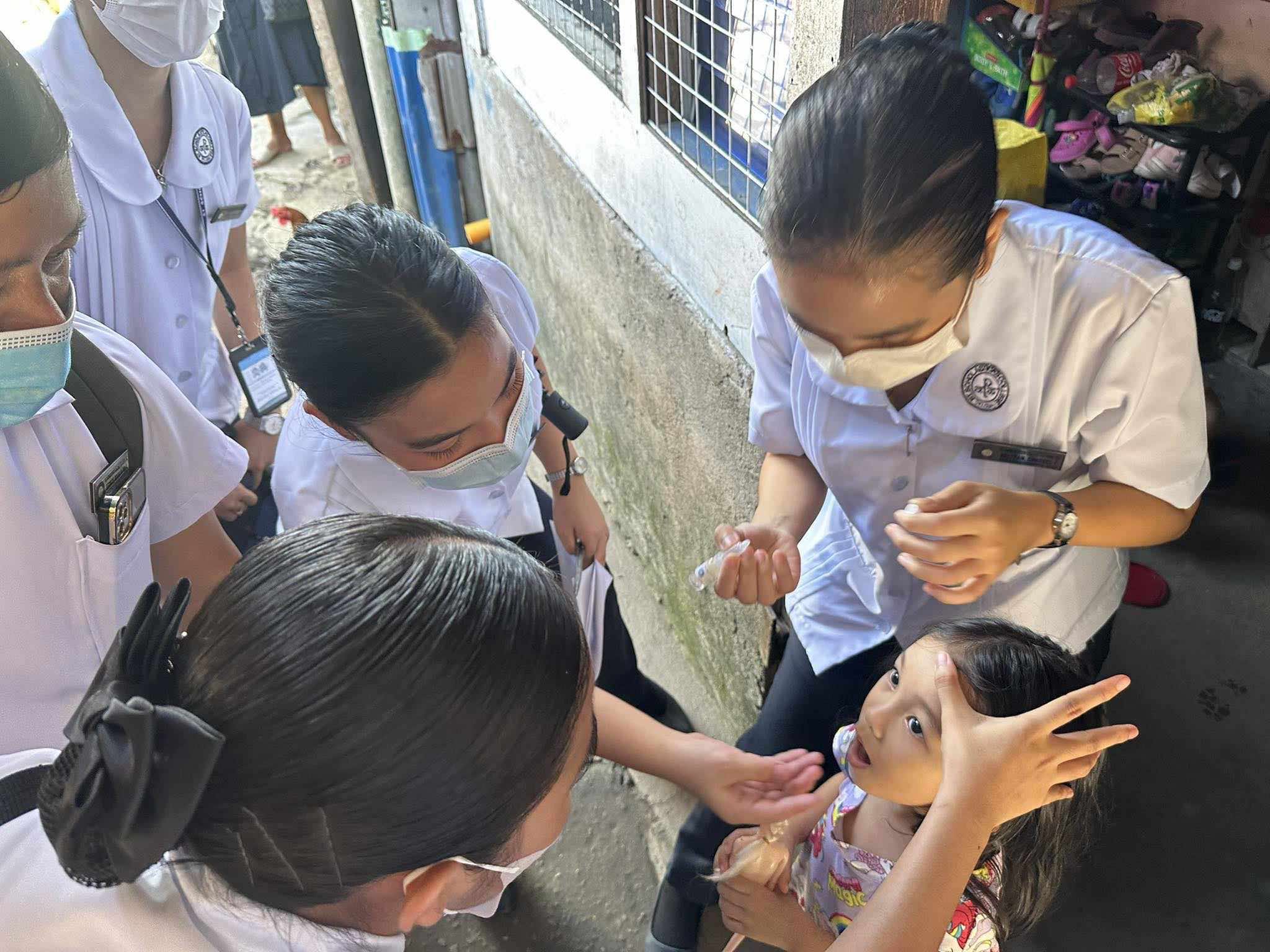
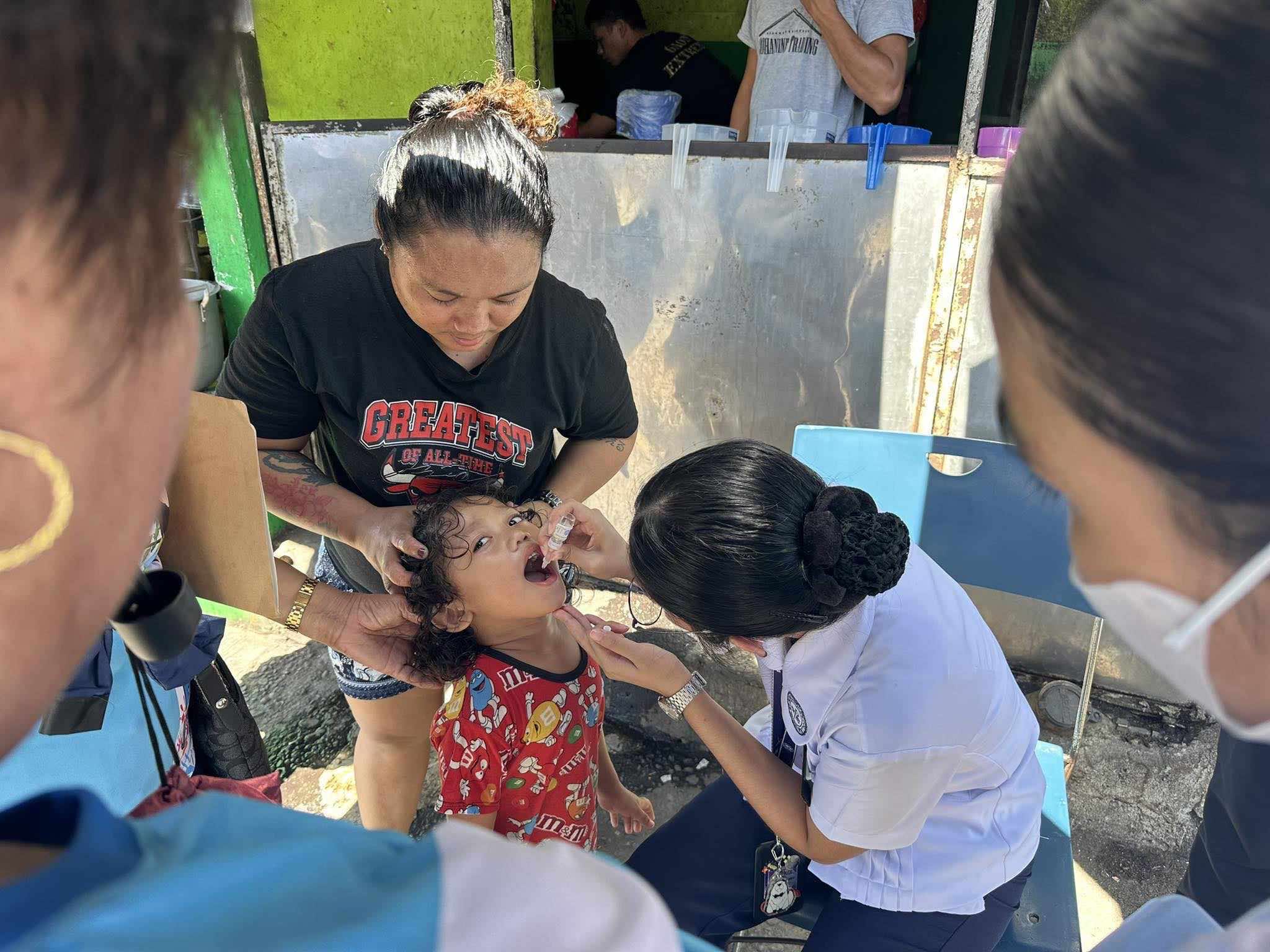
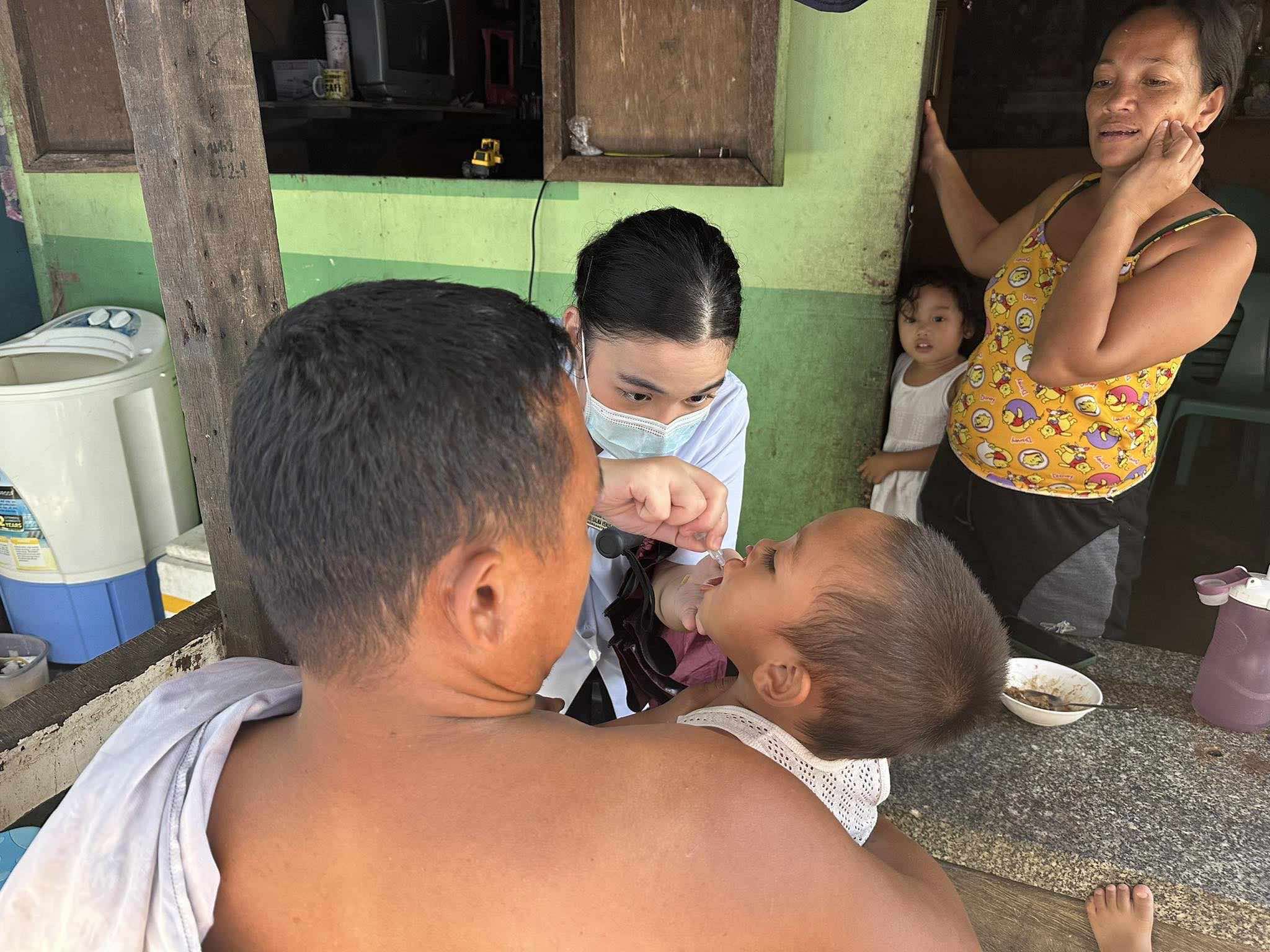
The Nursing Department of St. Scholastica’s College Tacloban is deeply committed to community involvement as an integral part of its mission to provide holistic nursing education. Nursing students actively engage in various community health initiatives in the Tacloban City District, focusing on serving marginalized and underserved populations. Through these programs, students apply theoretical knowledge and practical skills, fostering a sense of social responsibility and enhancing their understanding of public health.
- Health Promotion and Disease Prevention
- Direct Patient Care and Health Assessments
- Public Health Education and Awareness Campaigns:
- Health and Wellness Programs
- Environmental Health and Sanitatio
- Support for Vulnerable Populations
- Community Health Research
- Disaster Preparedness and Response
The community involvement of nursing students at St. Scholastica’s College Tacloban fosters a strong connection between the school and the Tacloban community. It enhances students’ clinical skills, leadership abilities, and empathy while making a tangible impact on public health. Through these efforts, the students contribute significantly to the well-being of the Tacloban City District, embodying the values of service, compassion, and excellence in nursing care.
Sagkahan District Health Statation
The Sagkahan District Health Station, located in Tacloban City, serves as a vital healthcare facility dedicated to providing essential health services to the Sagkahan community and surrounding areas. It operates under the local government and the City Health Office, playing a crucial role in the primary healthcare system of Tacloban. The health station is a first-line health facility that focuses on preventive, promotive, curative, and rehabilitative health services, addressing the immediate healthcare needs of the community it serves.
- Primary Health Care Services
- Maternal and Child Health Programs
- Immunization and Vaccination
- Nutrition Programs
- Communicable Disease Control
- Health Education and Promotion
- Environmental Health and Sanitation
- Non-communicable Disease Management
- Community Outreach and Home Visits
- Disaster Preparedness and Response
The Sagkahan District Health Station is a cornerstone of public health in the district, providing accessible and affordable healthcare services to the community. Its focus on prevention, education, and direct patient care helps improve health outcomes and addresses the most pressing health concerns of the local population. The station’s active involvement in community outreach and disaster response further underscores its essential role in safeguarding the health and welfare of Sagkahan’s residents.

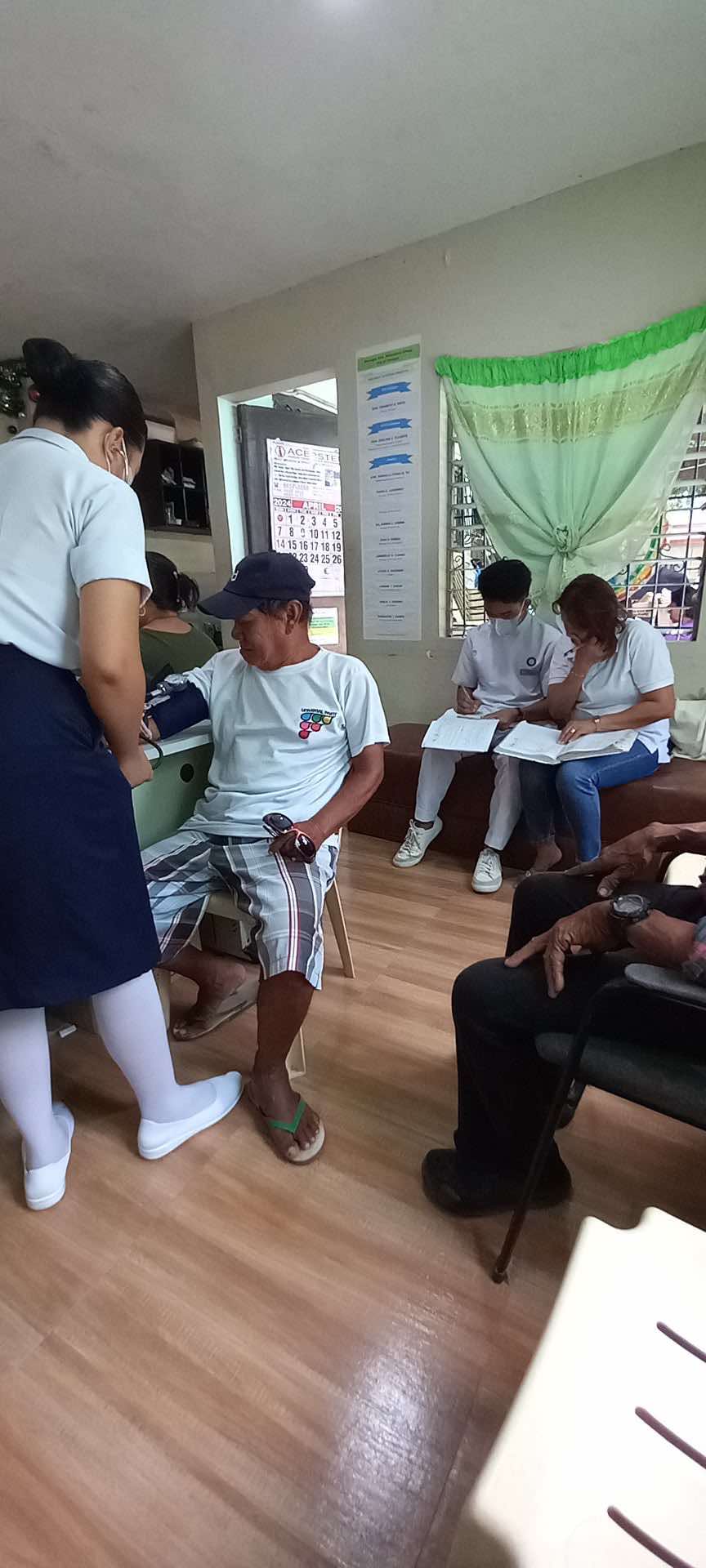
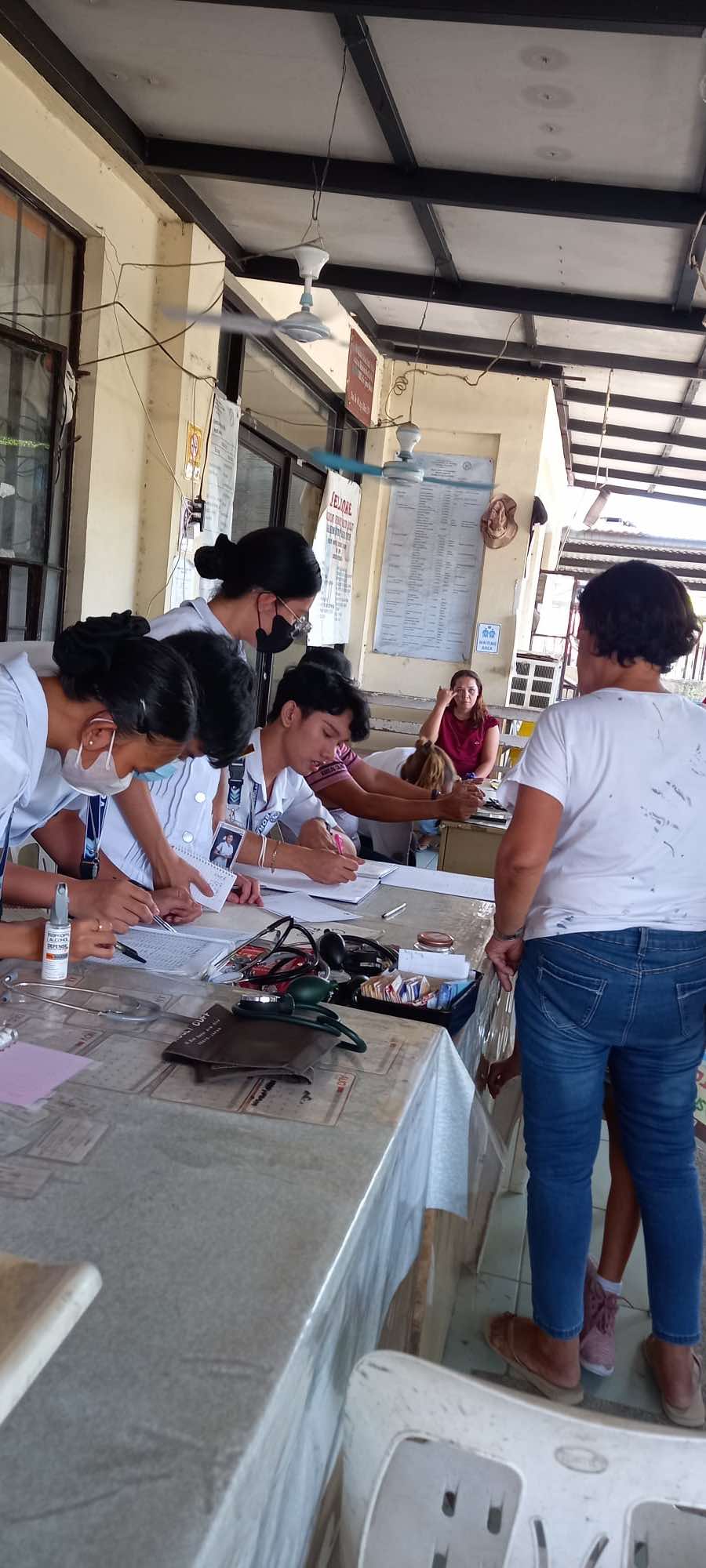
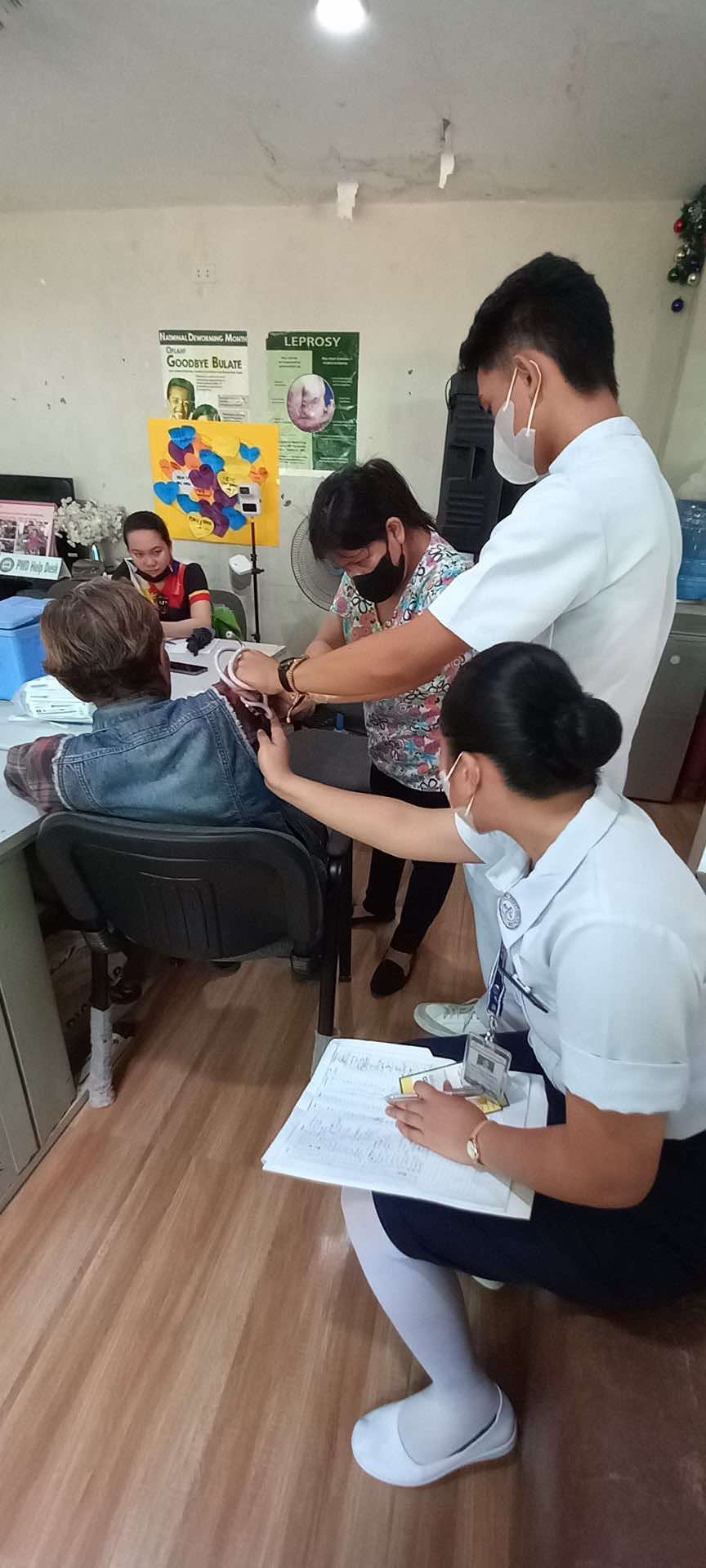
Barangay. Socsocon, Barangay Lima, Pastrana Leyte
The Nursing Department of St. Scholastica’s College Tacloban is deeply engaged in community involvement programs in Barangay Socsocon and Barangay Lima in Pastrana, Leyte. These barangays serve as vital learning grounds for nursing students, where they apply their skills in real-world settings while addressing the health needs of these rural communities. Through their involvement, students contribute to improving the overall health and quality of life of the residents, embodying the Benedictine values of service, compassion, and excellence in healthcare.
- Health Promotion and Disease Prevention
- Maternal and Child Health Services
- Direct Patient Care and Home Visits
- Immunization and Nutrition Programs
- Community Health Education and Workshops
- Environmental Health Initiatives
- Disaster Preparedness and Emergency Response
- Mental Health and Psychosocial Support
- Support for Elderly and Chronic Illness Management
- Community Health Research and Assessment
The involvement of St. Scholastica’s College Tacloban nursing students in Barangay Socsocon and Barangay Lima significantly enhances the delivery of healthcare services in these communities. Their efforts not only improve immediate health outcomes but also empower residents with the knowledge and tools needed to maintain healthier lifestyles. By bridging the gap between academic learning and community service, the students gain practical experience and a deeper understanding of the social determinants of health, while the communities benefit from enhanced healthcare support, education, and advocacy. This collaboration ultimately strengthens the bond between the school and the community, reflecting a shared commitment to holistic health and well-being.

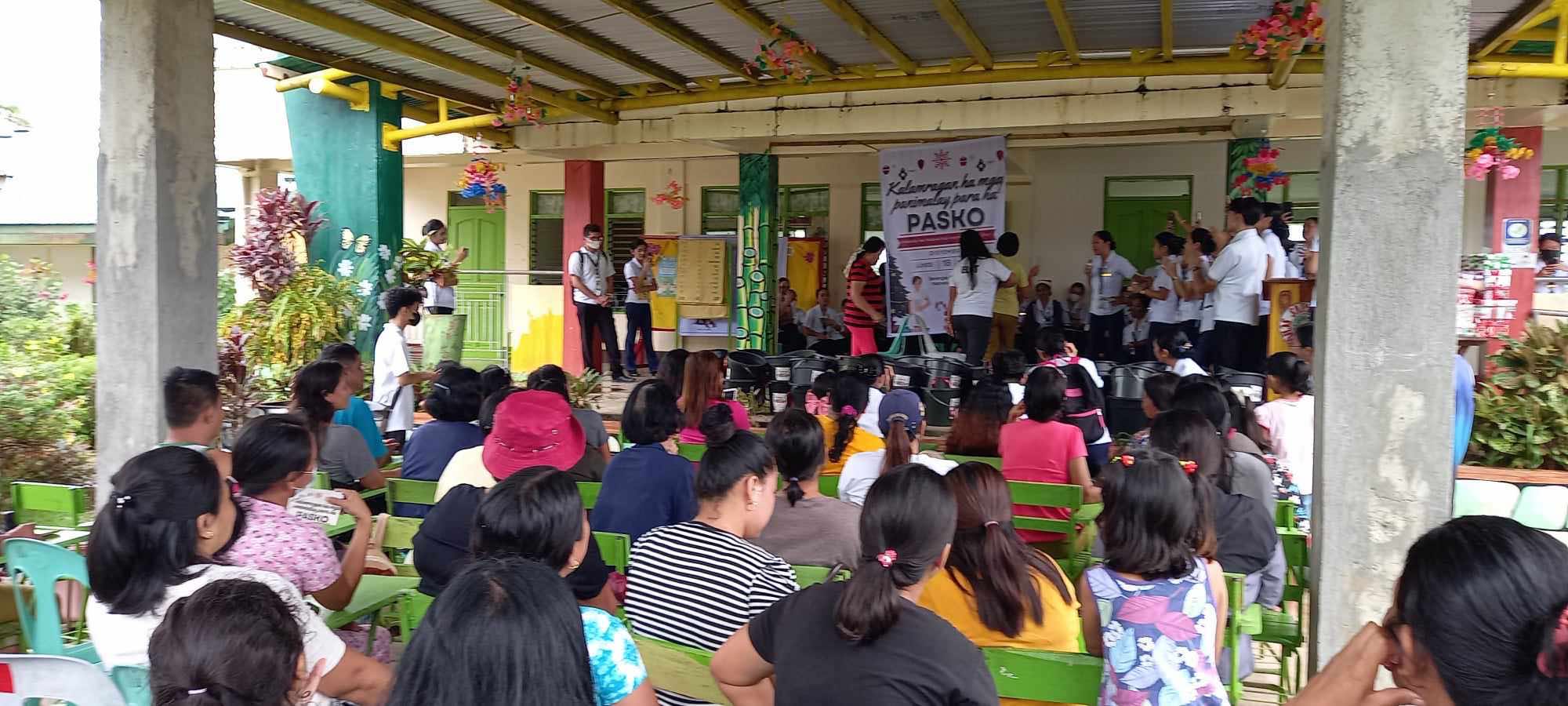
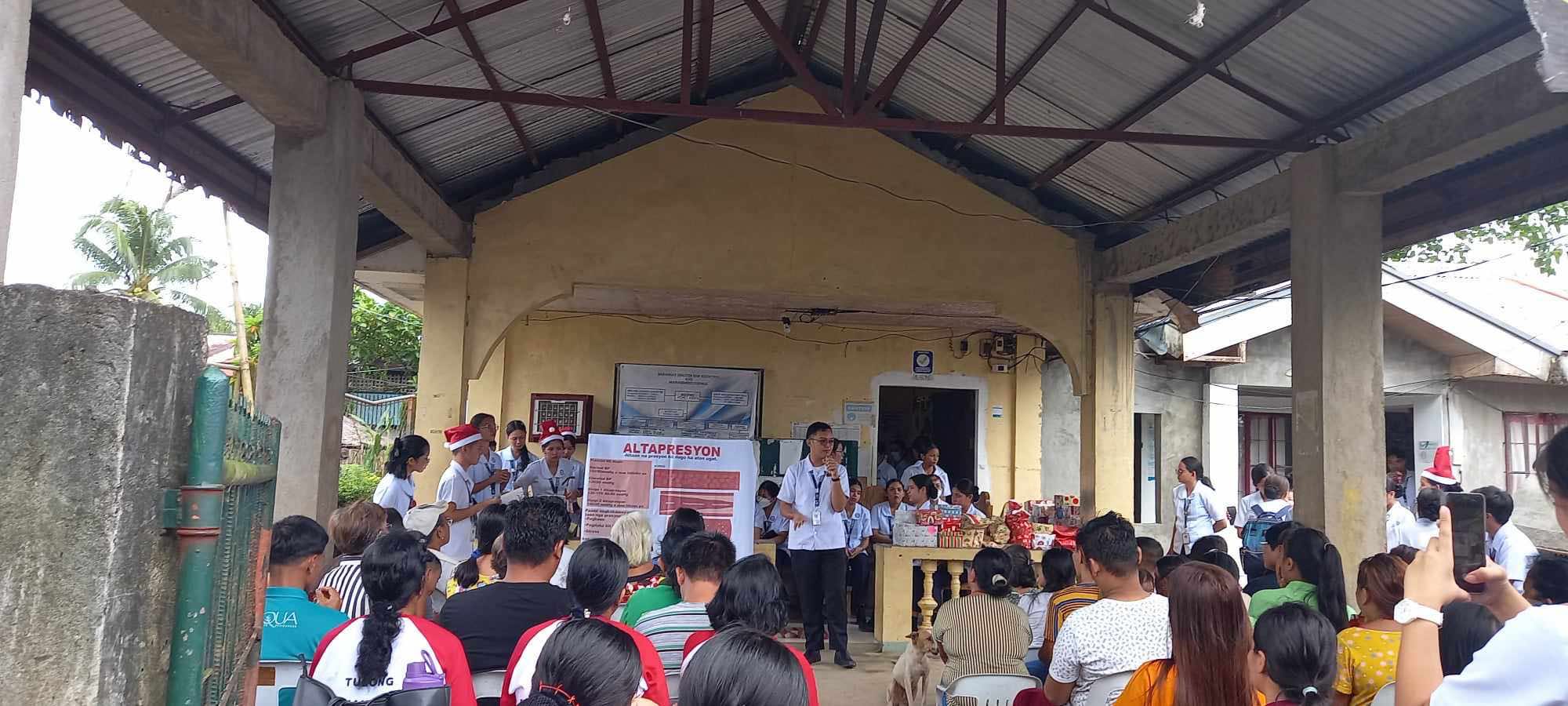

Barangay Jones
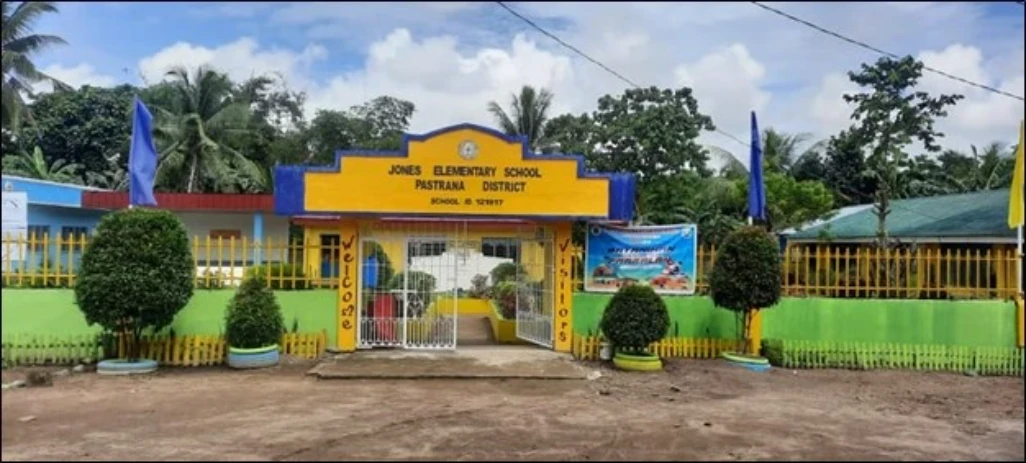
Barangay Jones is also one of the barangays in the municipality of Pastrana. Its population as determined by the 2020 Census was 913. This represented 4.72% of the total population of Pastrana.
The population of Jones grew from 560 in 1990 to 913 in 2020, an increase of 353 people over the course of 30 years. The latest census figures in 2020 denote a positive growth rate of 4.43%, or an increase of 170 people, from the previous population of 743 in 2015. 40.4% of the population are from 0-15 years old.
The major source of income is from farming which is predominantly done by the males while the females attend to their household chores.
CHN Activities
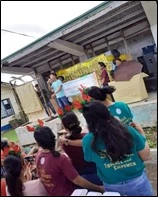
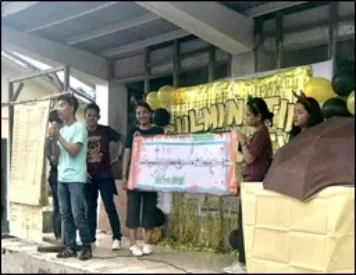
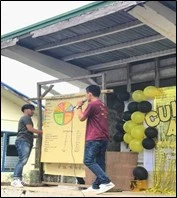

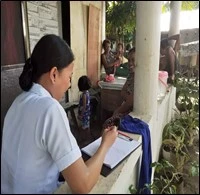
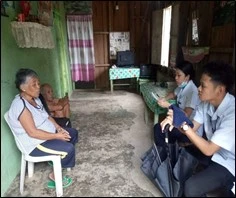

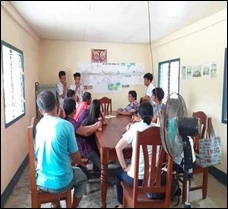
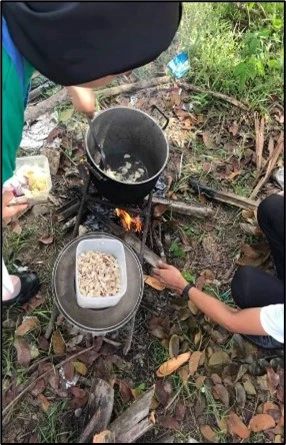
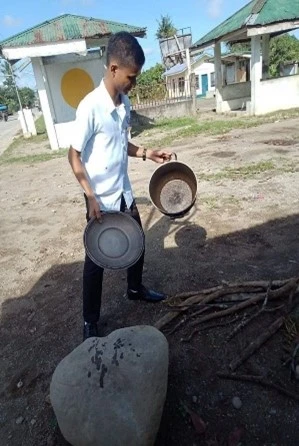
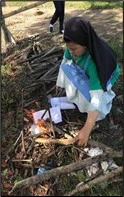
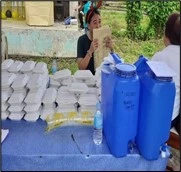
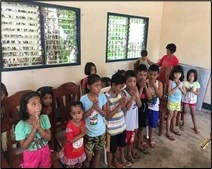
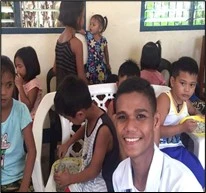
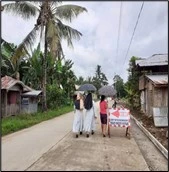
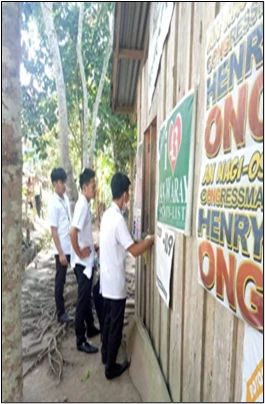
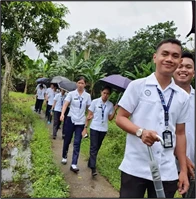
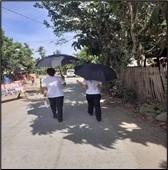

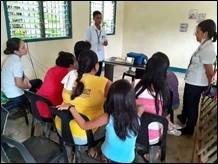

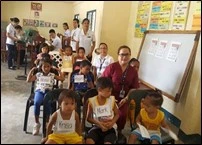
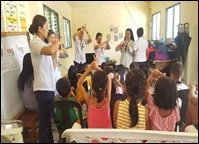

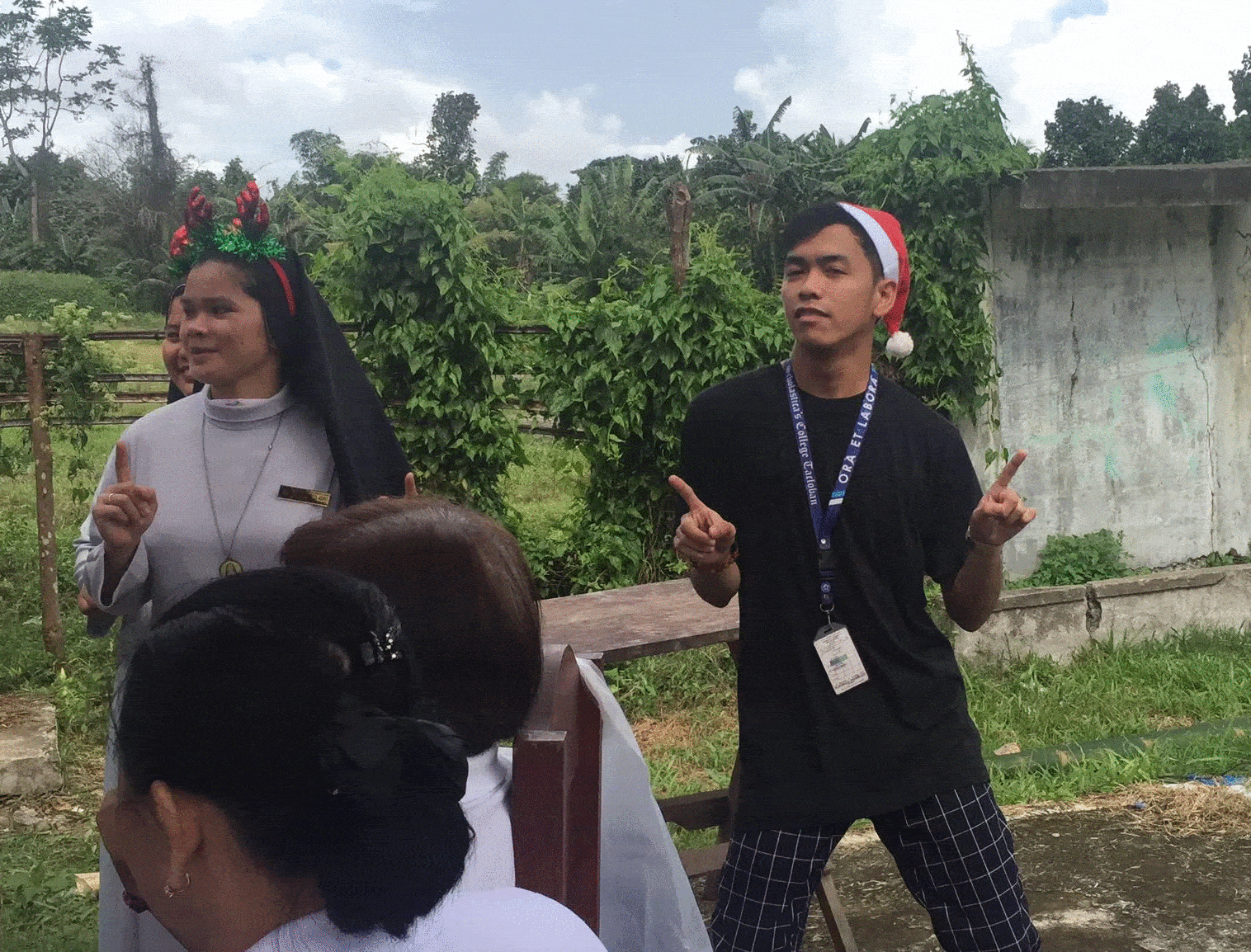
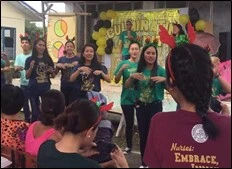
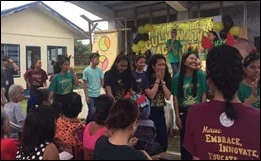
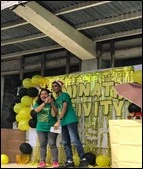

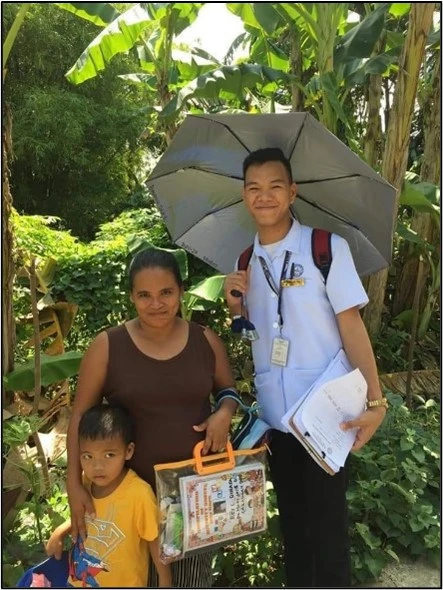
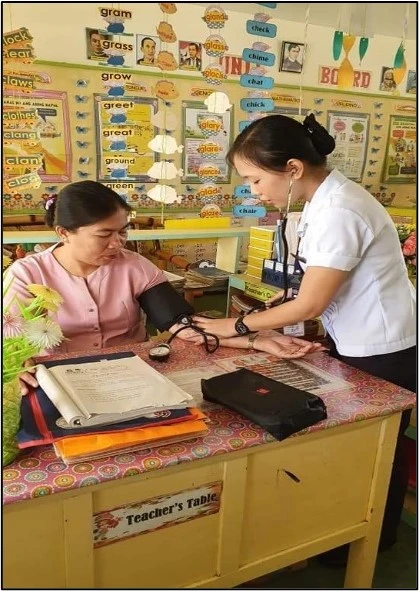
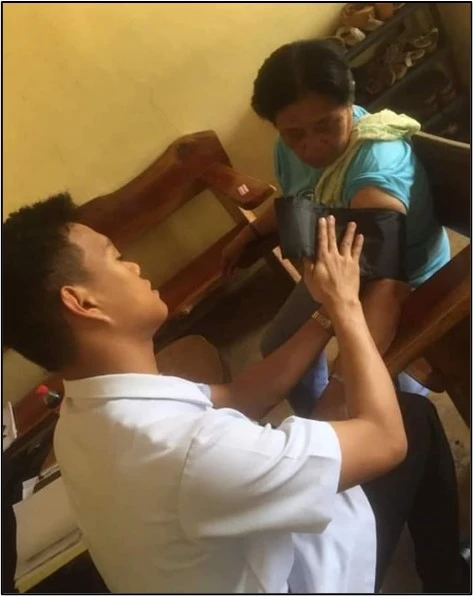
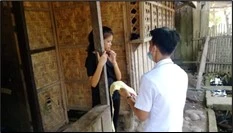
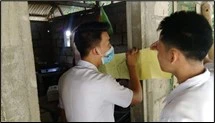



With the CHN Program, we assist our partner municipalities through the Municipal Health Office and other LGUs to provide the basic health services to individuals, families and the community. From this perspective, our nursing students are exposed to a comprehensive, integrated and multi-sectorial activities. Students performs the following:
- Assessment of the health status of the community using multi-perspective methods:
- Interview with local health personnel and utilization of accomplishment reports by LGUs.
- Drawing a spot map that is used for geographic situations of households and its corresponding family members.
- Conduct Home Visits.
- Observation on the environment/domestic environment.
- Identify problems, sets objectives and plan activities that will resolve health problems and will be used for health promotion;
- Determine modes of operations of the local health care delivery system;
- Familiarize with the organizational structure of the health care system of the assigned community;
- Conduct open forums and community assemblies to identify the felt need, draw programs for the problems identified, identify key persons responsible for activities and strategize with agencies where linkages can be built for program support and program implementation.
- Conducts and implements activities in line with the Millennium Development Goals.